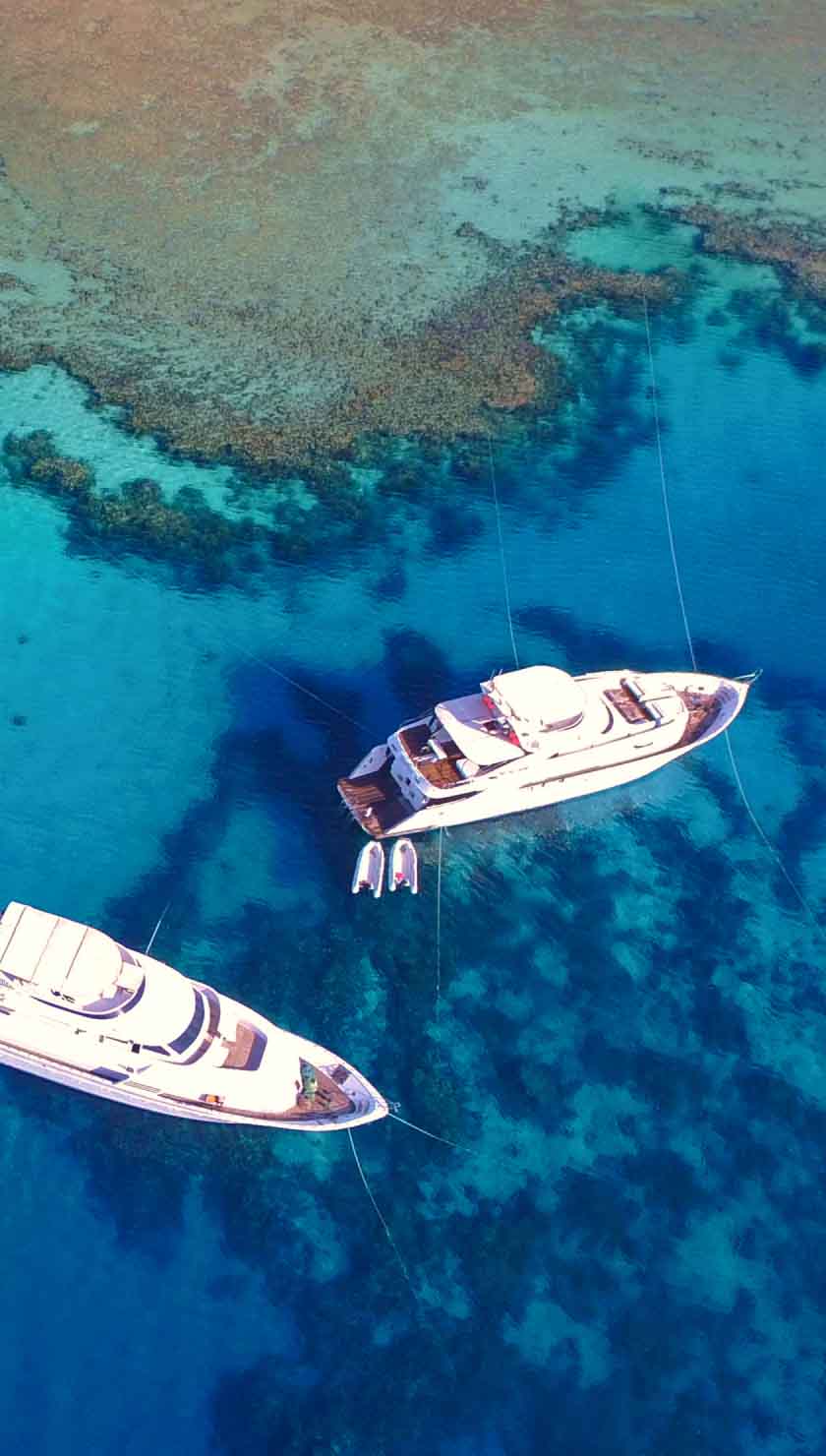Galápagos: When to Go and What You’ll See
Few places on Earth match the raw, unfiltered power of the Galápagos underwater world. Hammerhead sharks swirl in vast schools above volcanic slopes, sea lions pirouette playfully in the blue, and the chance of a face-to-face encounter with a whale shark keeps even the most seasoned divers breathless. Located 600 miles off the coast of Ecuador, the Galápagos Islands offer year-round diving, but the "best time to dive" depends on what you're hoping to see. From manta rays to mola molas, this guide breaks down the seasons, marine life spectacles, and the most famous dive sites across this UNESCO World Heritage archipelago.
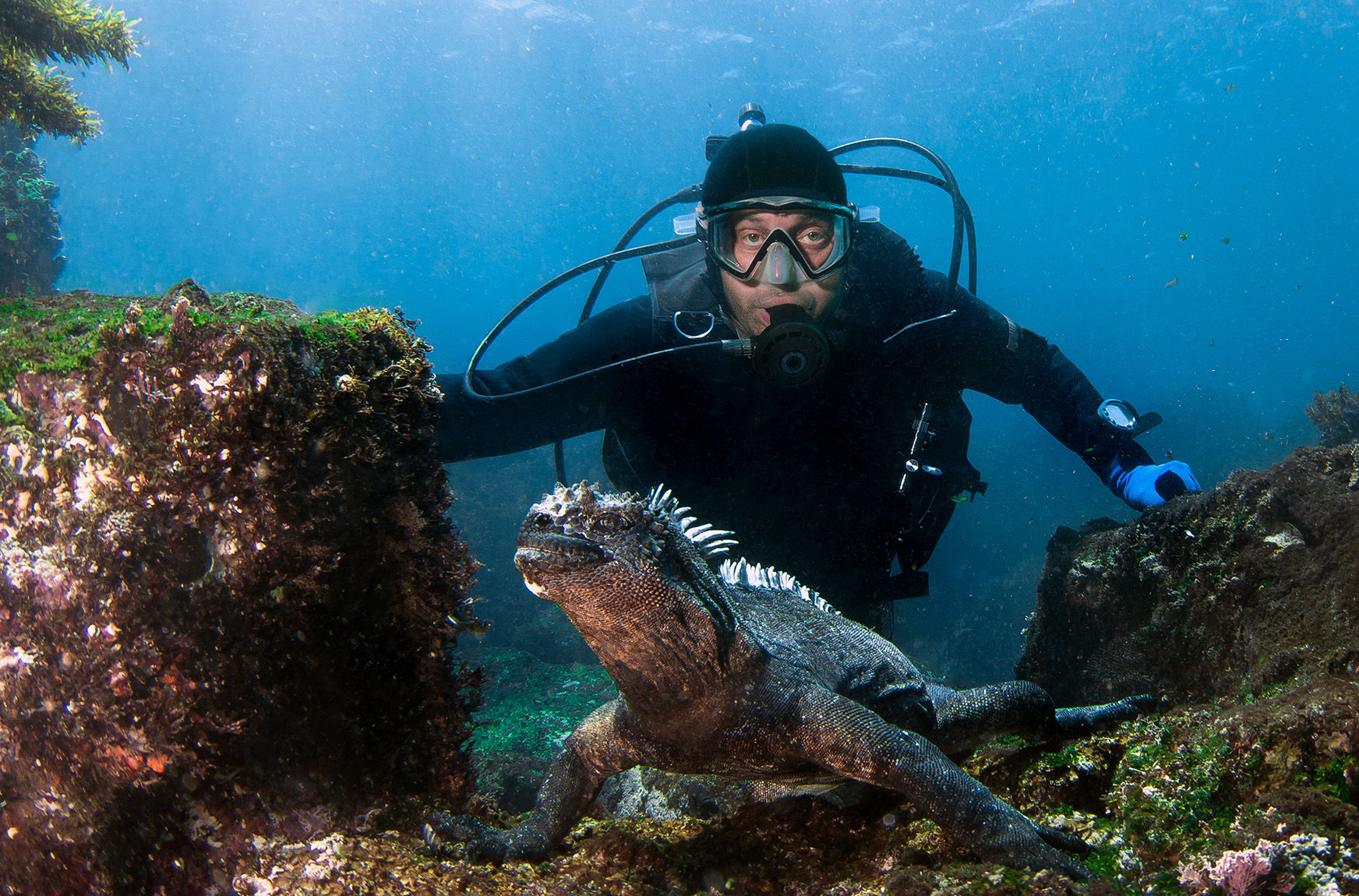
Quick Summary
- Best time to dive: June to November (whale sharks) or December to May (warmer waters, better visibility)
- Water temperature: 16–28°C (60–82°F), varies by season and site
- Visibility: 10 to 25 meters (33–82 feet)
- Marine highlights: Hammerhead sharks, whale sharks, sea lions, rays, mola mola, marine iguanas
- Season type: Cool & nutrient-rich vs warm & calmer; both have distinct advantages
Diving Seasons in the Galápagos
Cool Season (June to November)
This is prime time for big animal encounters, especially around Darwin Island and Wolf Island, the crown jewels of Galápagos diving. Cold upwellings from the Humboldt and Cromwell currents bring nutrient-rich water that fuels massive marine aggregations. Divers come in search of whale sharks, most reliably seen between July and October, and schools of scalloped hammerheads that circle like a slow-motion tornado.

Water temperatures can drop as low as 16°C (60°F), especially at deeper sites or thermoclines. Currents are stronger, and seas can be rougher. For adrenaline seekers and experienced divers, this season offers unparalleled rewards. Rays, turtles, Galápagos sharks, and even sunfish make appearances.
Warm Season (December to May)
While the megafauna thins out somewhat during this period, the warmer season brings calmer seas, improved visibility, and more forgiving conditions — ideal for intermediate divers or those seeking a more relaxed diving experience. Water temps rise to 24–28°C (75–82°F), and seas are generally calmer, especially around central sites like Cousin’s Rock or North Seymour.
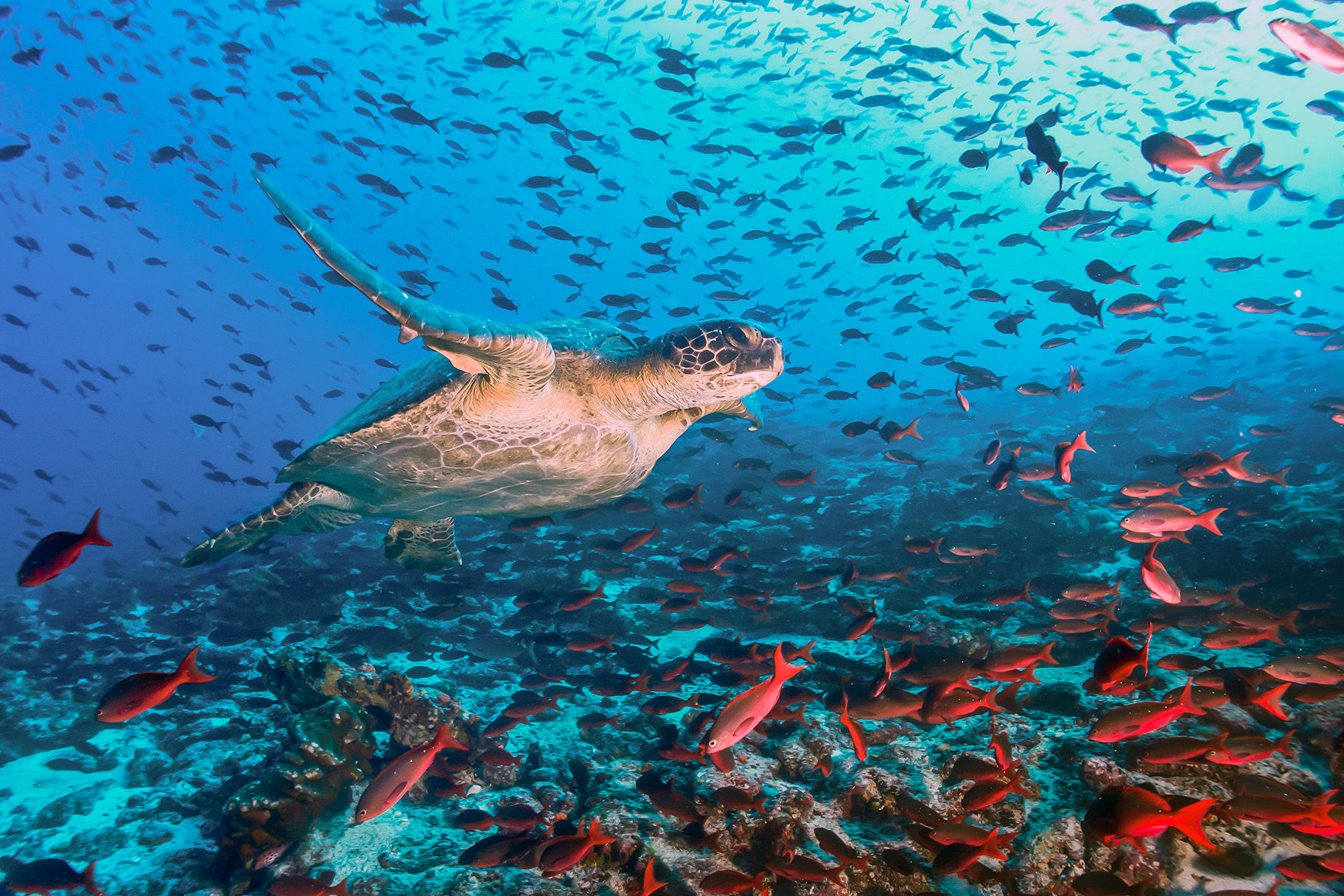
This is also the best time to observe marine iguanas feeding underwater, sea lion pups interacting with divers, and a greater abundance of colorful reef fish. Manta rays and eagle rays glide past walls and drop-offs, and even hammerhead sightings remain common at sites like Punta Vicente Roca and Kicker Rock (León Dormido).
Marine Life Highlights
The Galápagos offer a dynamic mix of tropical and temperate marine species, many of which are found nowhere else on Earth. During the cool season, expect high-energy dives with hundreds of hammerhead sharks, Galápagos sharks, blacktip sharks, and giant whale sharks, particularly near Darwin’s Pillars (formerly Darwin's Arch) and Wolf Island — both remote and only accessible via liveaboard.
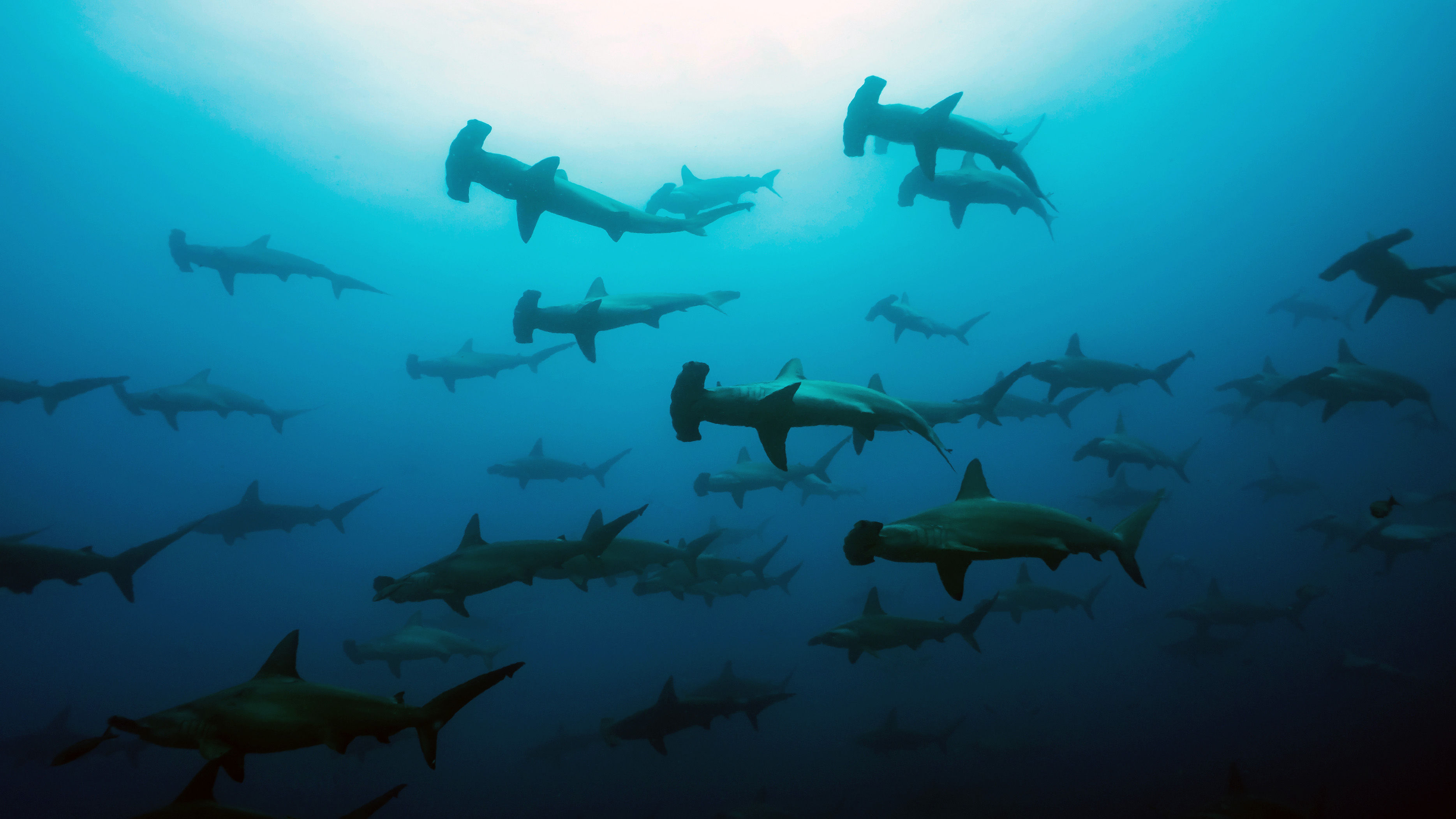
In the warm season, animal behavior shifts. You’ll find playful sea lions almost everywhere, especially around Cabo Douglas, and might encounter marine iguanas grazing on algae underwater. Reef life is colorful and abundant, and while the giants may be fewer, the interactions feel more intimate and accessible.
Photography Tips by Season
If you're after wide-angle masterpieces such as schooling sharks, whale sharks, or dramatic reefscapes, the cool season is your best bet. However, be prepared: cold water and thermoclines can cause fog on lenses and create low-light conditions. Fast shutter speeds and strobes are essential at sites like Darwin Island, where action can erupt at any moment.
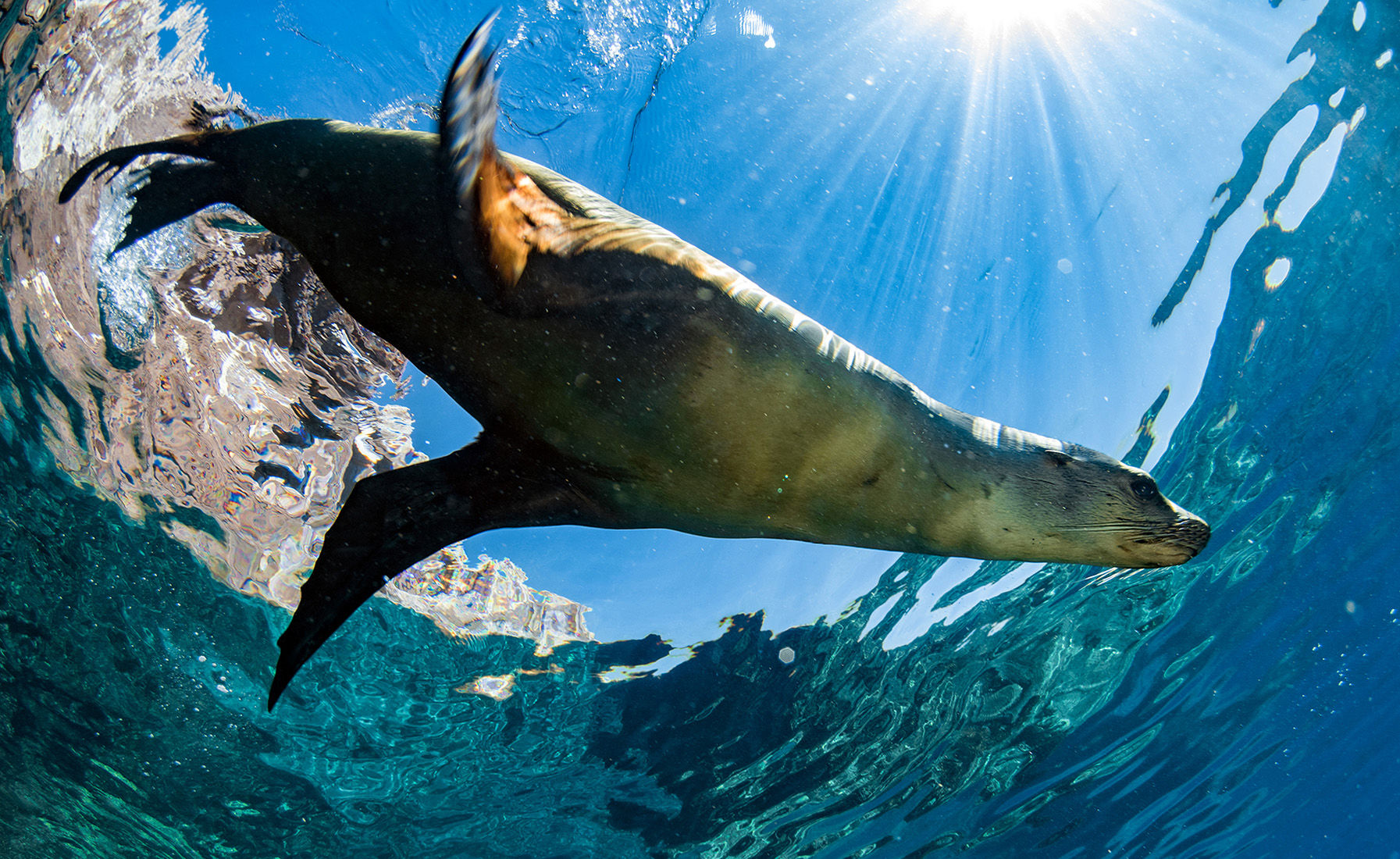
For macro and behavioral shots, the warm season is a dream. Calmer conditions allow for better buoyancy control and more time with subjects like nudibranchs, blennies, and hawkfish. It’s also the perfect time to capture playful sea lions or mating rituals among reef fish, particularly at central and southern dive sites.
Dive Travel Tips for the Galápagos
- Liveaboards vs. Land-Based: Liveaboards are essential for accessing iconic northern sites, such as Darwin and Wolf. Land-based diving operates from Santa Cruz or San Cristóbal, making it ideal for exploring Cousin’s Rock, Floreana, or the Gordon Rocks.
- Booking in advance: High-season trips (especially July–October) fill up 12 months in advance. Book early to secure permits and your preferred vessel.
- Permits: All visitors are required to pay a Galápagos National Park entrance fee (USD $200) and must dive with certified operators.
Liveaboards and Dive Operators
To reach Darwin’s Arch, Wolf Island, and Punta Vicente Roca, liveaboards are your best option. Vessels like the Calipso, Galápagos Sky, Blue Galápagos, and Galápagos Master offer 7–10 day itineraries focused on advanced diving, with up to 4 dives per day and nitrox included. Land-based dive centers are ideal for divers with limited time or those seeking a mix of diving and topside wildlife excursions.
Other Top Dive Destinations by Season
You may also enjoy:
- Best Time to Dive in Palawan
- Best Time to Dive in Tubbataha
- Best Time to Dive in Lembeh Strait
- Best Time to Dive in Komodo
Diving in the Galápagos
There’s no bad time to dive the Galápagos — only different kinds of magic. Choose June to November for high-adrenaline dives and once-in-a-lifetime sightings of whale sharks and hammerheads, or opt for December to May for better conditions, warmer waters, and playful marine encounters. Either way, the Galápagos will reward you with unforgettable encounters and some of the most dramatic underwater scenery on the planet.











